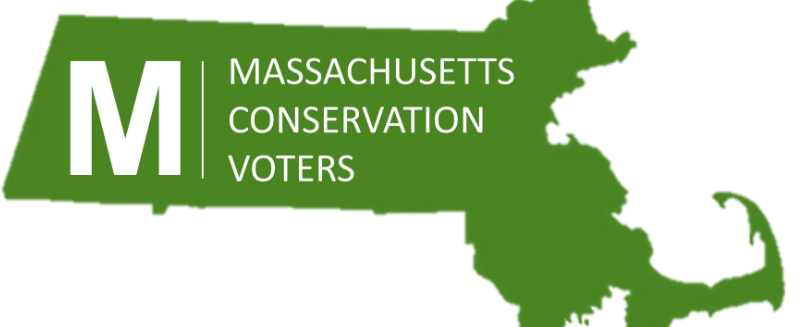Lori Sorken | National Parks Traveler | April 2021
https://www.nationalparkstraveler.org/2021/04/your-national-park-vacation-has-gotten-more-expensive
You’re not mistaken. A national park vacation is more expensive than it was 20 years ago. Considerably more expensive in some costs once you get to the entrance gate.
Not all units within the National Park System collect admission fees, but for those that do the cost to visit the taxpayers’ treasures has outpaced inflation – as much as sixfold – over the past two decades. But entrance fees weren’t alone in their increases, as the cost of camping, climbing lighthouse stairs, and even paddling a boat is also more expensive (see table below).
Based on data provided by the National Park Service and using the Consumer Price Index at the U.S. Bureau of Labor Statistics to account for inflation, we reviewed park admission rates for individuals, vehicles, and annual passes from 2000 through today (see PDF attached below). Of the 126 park units surveyed, entrance fees increased above the rate of inflation (2.07 percent/year) at 83 parks.
The largest increase occurred at Glen Canyon National Recreation Area in southern Utah and northern Arizona, where the vehicle entrance fee jumped 500 percent from $3 in 2000 to $30 today. During the same time period, the cost of an annual pass at Glen Canyon rose about 244 percent – from $10 to $55.
Records show a 400 percent uptick in entrance fees from $2 in 2000 to $15 in 2021 for individuals visiting Adams National Historical Park in Massachusetts, Colorado and Oregon Pipe Cactus national monuments in Colorado and Arizona, respectively, and Pinnacles National Park in California.
Slightly less, but still high, is the 316 percent price surge from $4 in 2020 to $25 today for automobile entrance fees at Lava Beds National Monument in California and the Wright Brothers National Memorial on the Outer Banks of North Carolina.
Fees increased 200 percent or more since 2000 at about 27 parks surveyed, including Golden Spike and Harpers Ferry national historic parks, Lake Mead National Recreation Area, and Saguaro National Park.
A survey of Traveler’s Facebook audience found a variety of opinions on the costs of a national park visit, from those who considered things getting too expensive to those who thought higher fees should be charged. Most thought entrance fees were reasonable, but a few took issue with the cost of lodging and quality of dining in the parks.
“The entrance fees are not the problem; they haven’t been raised in years. A totally different thing are the fees and costs charges by the concessionaires who deliver a very low level of service. The cost of lodging has tripled compared to the early 2000s, while the quality of service is even less basic than before,” wrote Frank Mußler, one of more than 100 people who voiced an opinion. “The fees should be far higher for groups and less for individual families. For foreigners who pay several thousand dollars to visit the national parks for just a few hours 10-20 $ per visit more wouldn’t affect the overall cost. Yet the extra income would benefit the parks and make them less dependent on Congress I say that as a German visitor btw.”
But Paul O’Donnell thought entrance fees should be done away with.
“Entrance fees are viewed as a way to provide funding, they shouldn’t be. The parks could easily be funded adequately by Congress but haven’t been because people haven’t demanded it,” wrote O’Donnell. “Entrance fees keep people out of the parks. National parks are the collective heritage of ALL citizens not just those with $25 to drop at a moment’s notice. On the Roosevelt Arch (at the North Entrance to Yellowstone National Park) it doesn’t say ‘for the benefit and enjoyment of the rich’ does it? Entrance fees are a symptom of the problem and should be removed.”
Juliann Hanna Murphy agreed.
“The parks should be publicly funded. I worked at the gate of a park one season and it broke my heart to have to turn someone away because they couldn’t afford the entrance fee. That is just wrong,” she wrote.
Some took pride in purchasing a park pass.
“I bought an annual pass this year to support the NPS historic site where I walk daily. While they said I could come in for free if I just wanted to use the restroom, I feel proud to show my annual pass card when I enter,” wrote Wendy Bumgardner. “I have always donated in the past at the donation barrel, but as the visitors center was closed much of last year, I couldn’t. I know those fees help keep the site clean and maintained and a safe place to walk and enjoy.”
Not all parks increased their fees since 2000; we found 43 parks once charged fees, including John Muir National Monument in California, Fort Laramie National Historic Site in Wyoming, and Harry S Truman National Historic Site in Missouri, but no longer do because of the costs of doing so.
“Park Service officials told us they used to charge entrance fees but stopped in 2011 due to the costs of collecting these fees. After the park stopped charging entrance fees, visitation increased by 30 percent,” at the John Muir National Historic Site, the Government Accountability Office noted in its 2015 report, Revenues from Fees and Donations Increased, but some Enhancements are Needed to Continue this Trend.
To read the full story, please click here.
